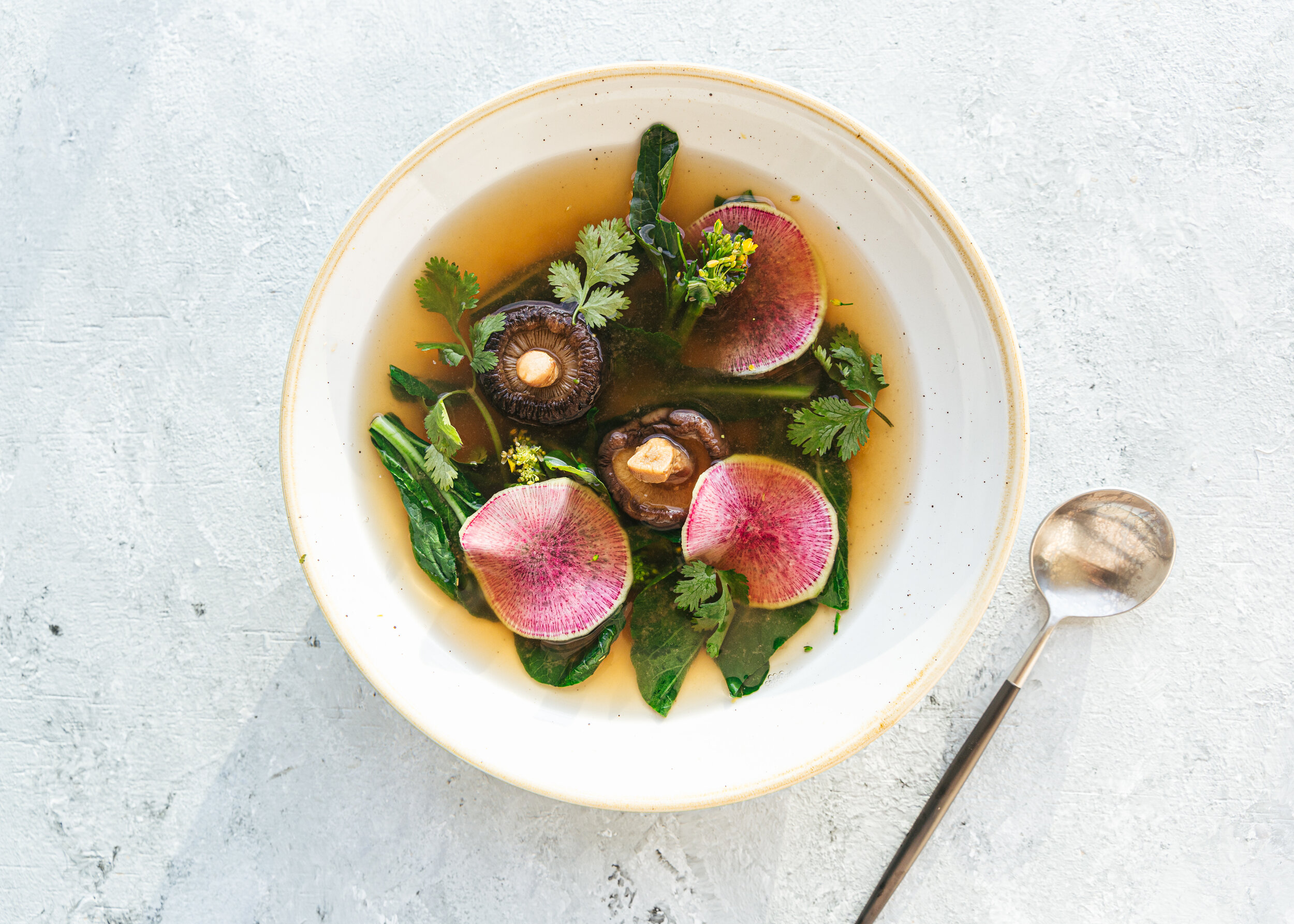I find myself craving black sesame soup when the weather gets cold. It’s extremely comforting, and nutritious, and warms you from the inside out.
Black sesame is a popular ingredient used in many Asian desserts. The Chinese believe that eating black sesame promotes healthy hair and healthy bones. You’ll find them in ice cream, blended into hot drinks, baked as a paste into bread, or stuffed into dim sum in all shapes and sizes.
The jujube here is added for nutritional benefits. Known as the beauty fruit in China — jujube is full of minerals, fiber and adds a natural sweetness to dishes.
Black Sesame Soup
Serves 4
Ingredients
2 tbsp (30 g) glutinous rice
1/2 cup (75 g) toasted black sesame seeds*
4 tbsp sugar or sweetener of choice, to taste
6 jujube dates, pitted (optional)*
2 cups (480 g) water
Instructions
Rinse the glutinous rice and soak for 3 hours at room temperature or overnight in the fridge.
Drain the glutinous rice and add to the blender with sesame seeds, jujube dates, and 2 cups of water. Blend on high until very smooth.
Transfer the mixture to a medium-sized pot. Heat over medium heat until boiling, stirring constantly to prevent the bottom from burning. When the soup starts to bubble, add the sugar to taste. Continue cooking to your desired consistency (I like this soup on the thick side). Garnish with goji berries and serve warm.
Cooking notes:
You can use raw black sesame seeds if you’re not able to find toasted ones. Just toast them for 10 minutes until the seeds start to pop.
The jujube here is added for nutritional value and for a hint of sweetness. Feel free to omit it if it is not something you have in your pantry.
It’s very important to stir and keep an eye on the soup to prevent the bottom from burning. The glutinous rice will thicken rapidly and stick to the bottom as you cook.
This soup will keep in the fridge for 3 days or in the freezer for 1 month. The layers will separate so give it a stir before serving.




